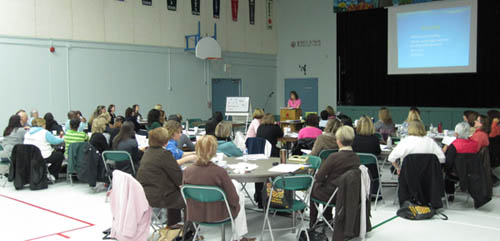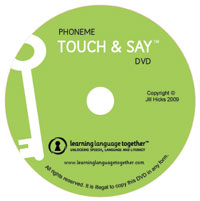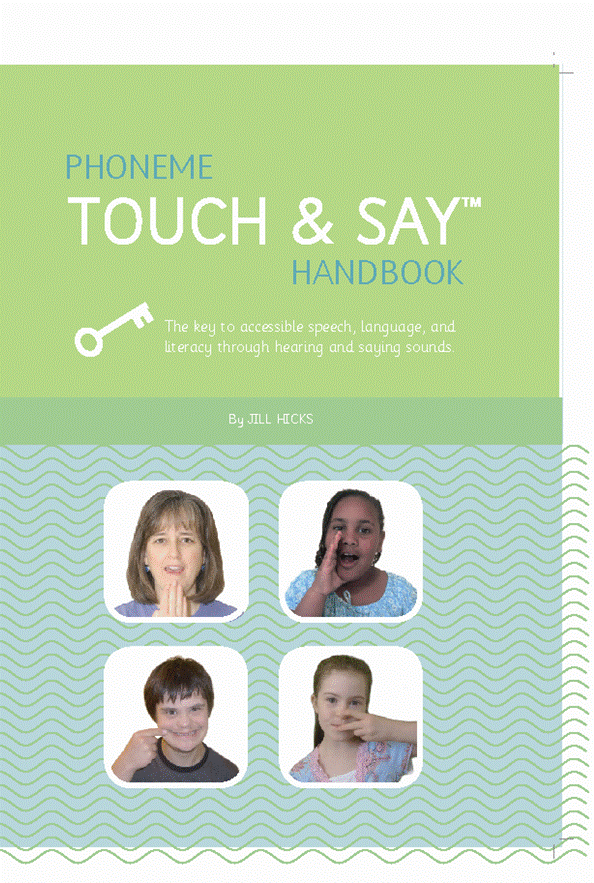Simple, Effective and Easy to Use
If your child is struggling to talk, s/he needs an easy way to make speech understandable. Your child needs to see the sounds when you make them. You explicitly show your child what sound you are saying by using the matching hand cue. The hand cues are concrete, and since they mimic mouth movement they make sense and are easy to learn.
Phoneme means "speech sound". So Phoneme Touch & Say™ is the system that takes the confusing stream of speech sounds and helps your child focus on a particular sound. The hand cues also help your child realize the difference between sounds. This is very important because many phonemes sound very similar.
Many children with learning challenges find speech difficult. For some children, speech is their learning challenge.
Leanne's son has Down syndrome and didn't always know which sound to put in which word. So Leanne taught him for example, to say "batman" instead of "fatman" using the hand cue for the /b/ to show that "batman" starts with a /b/ sound.
Each English phoneme (speech sound) has a unique hand cue based on the properties of the sounds. The Phoneme Touch & Say hand cues are easy to learn and fun to use. The hand cues help children discriminate similar sounds, and correctly process & store words. In addition to clarifying speech perception, the hand cues aid speech production. When the Phoneme Touch & Say hand cues are paired with letters, they make it easier to learn phonics for both reading and spelling.
Phoneme Touch & Say™ is a multisensory cueing system to help individuals learn:
- To speak more clearly (Articulation)
- To tell speech sounds apart (Phoneme Discrimination)
- New words (Vocabulary development)
- Meaningful sounds such as /s/ for plural (Morphology)
- Sentence and Question Formation (Syntax)
- Beginning reading skills (Phonological Awareness and Phonics)
- Beginning spelling skills (Can be used to supplement any spelling program)
Phoneme Touch & Say™ can be used:
- For all ages.
- For typically developing children to help them become successful readers and spellers.
- For late talkers to help them learn how to make speech sounds and use the sounds in first words and sentences.
- For children with speech and language delay to develop articulation, vocabulary, sentence structure, and literacy skills.
- For ESL students to develop auditory discrimation and production of new sounds, and literacy skills.
Jill Hicks, M.Sc.,speech-language pathologist, developed Phoneme Touch & Say™ based on her work with children with a variety of learning needs.
Jill says, "Speech is so fleeting. Phoneme Touch & Say™ gives a more obvious visual and tactile-kinesthetic representation of phonemes. The hand cues help children learn to tell the different phonemes apart, and how to make different speech sounds. When the hand cues are paired with letters, individuals learn important early reading/phonics skills."



